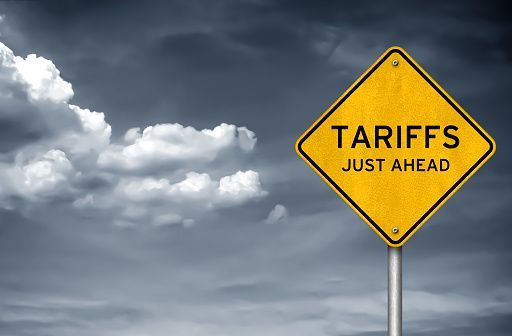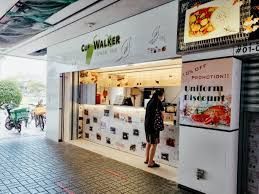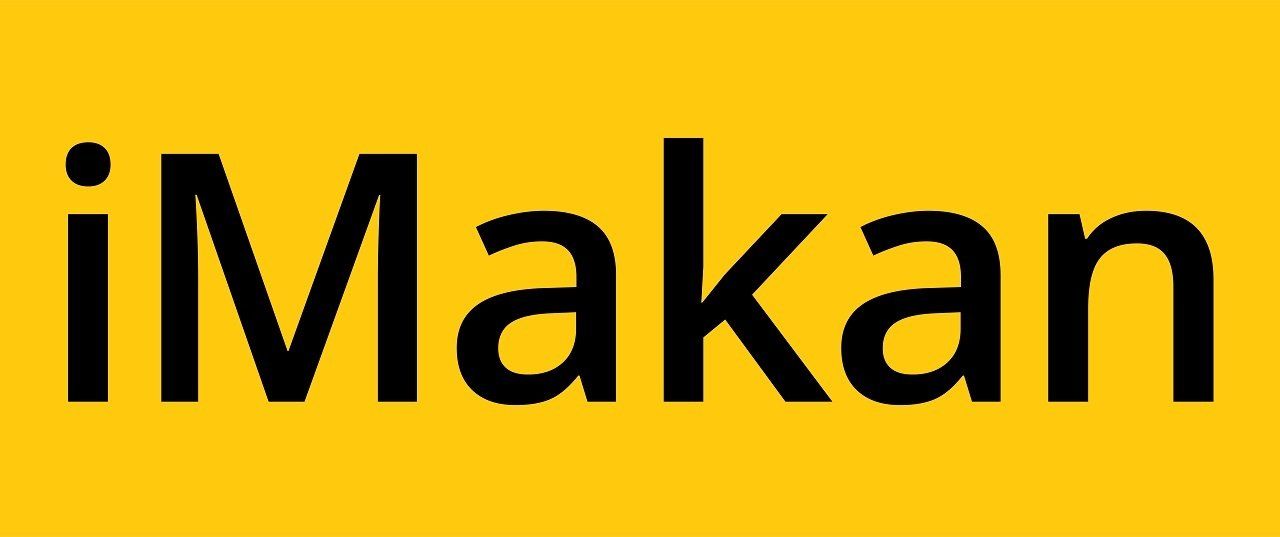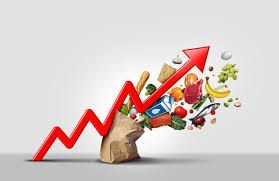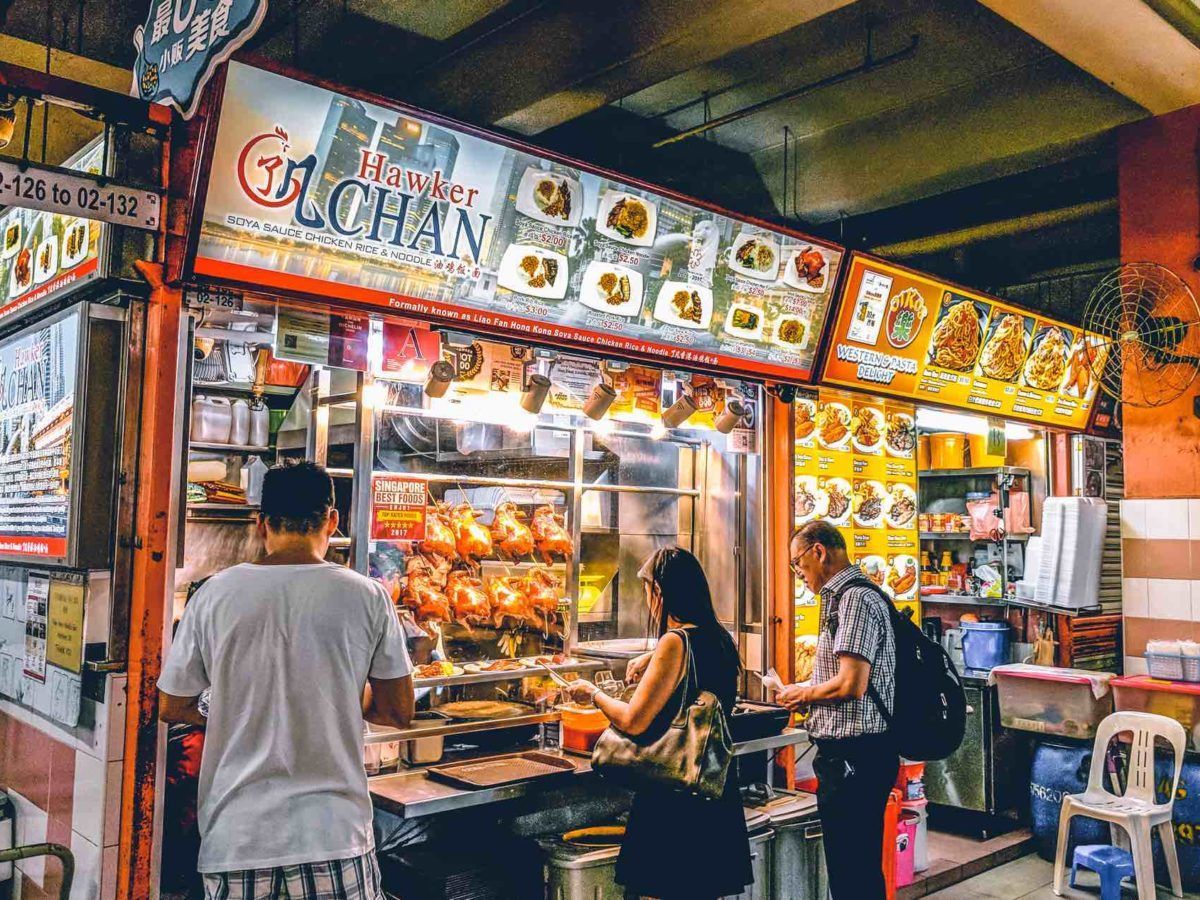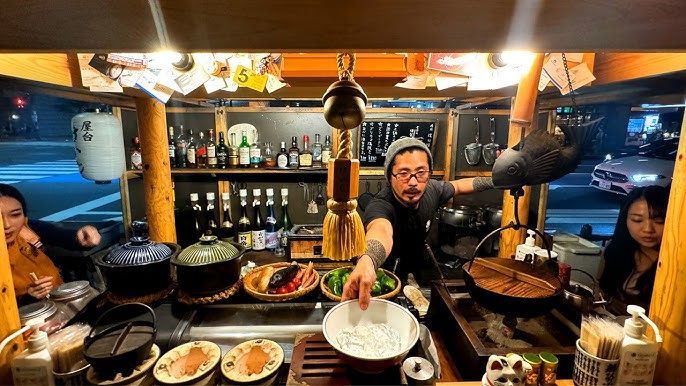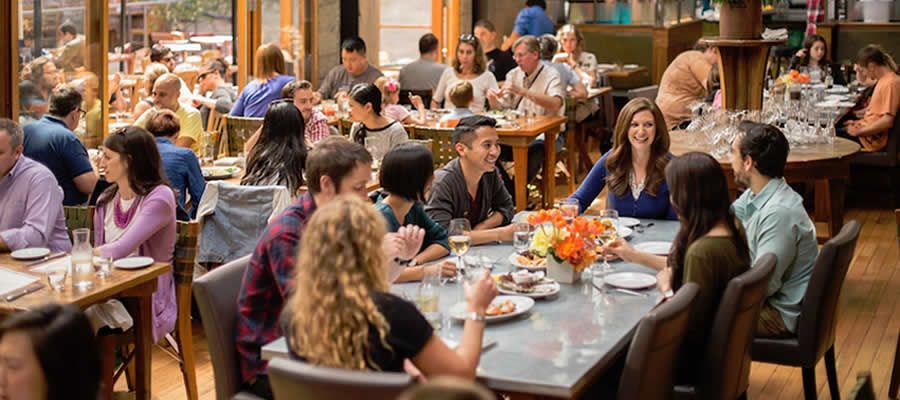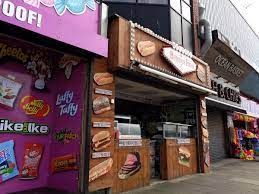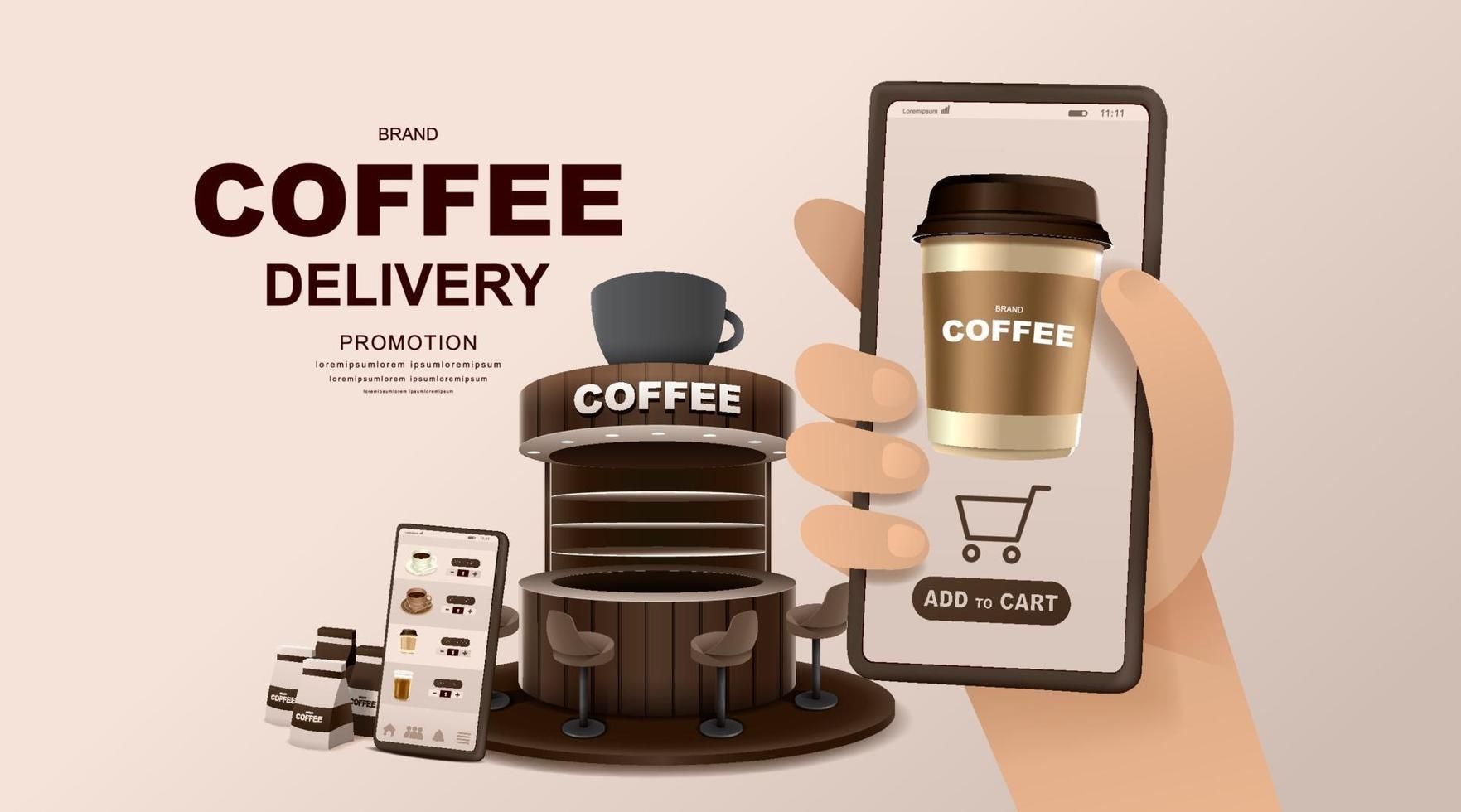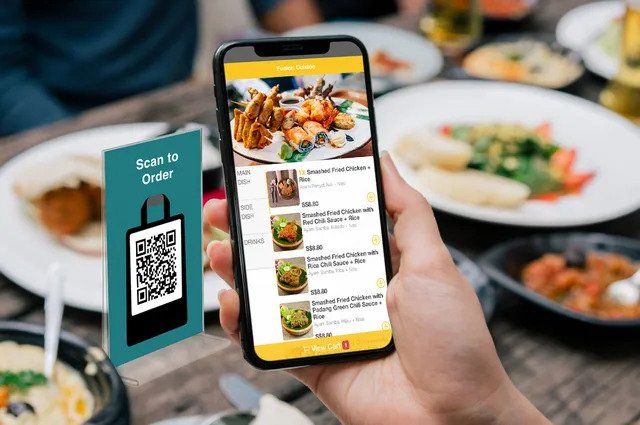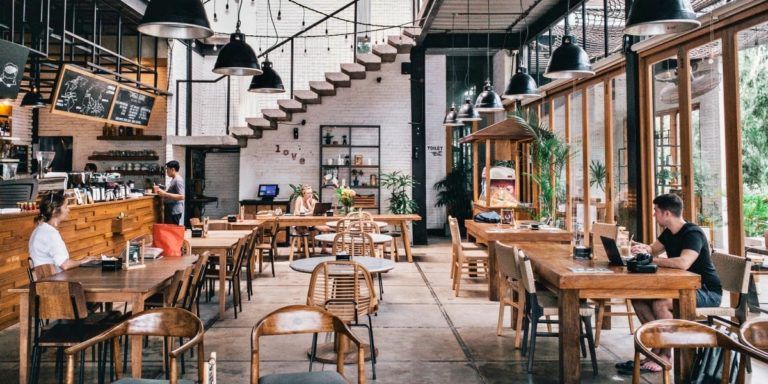
2020 has been a tough year for business owners, and the F&B sector is one of the hardest hit, forcing many F&B businesses to shut their doors. Many F&B business owners moved quickly to implement strategies to build a sustainable F&B business model to keep their heads above water in 2020 and will thrive in 2021 as economies rebuild.
We have compiled 5 effective strategies which helped these F&B businesses stay afloat in 2020 so that your F&B business can remain competitive when the economy rebuilds in 2021 and even the years after.
Refine your delivery & takeaway process
Even before the pandemic happened, food delivery and pre-order have been gaining popularity.
The pandemic and circuit breaker measure has given its popularity an extra push and even after the circuit breaker, there is still a substantial number of people ordering food delivery or pre-ordering food for self collection due to its convenience.
Review Your Menu Options
With the pandemic shaping new consumer behaviours, it is necessary to review your menu and come up with new menu options which suit new customer trends. For example, with more people opting for takeaway options, you may consider offering set meals or promotion bundles.
You could even promote your new dishes through promotion bundles and they may become a new favourite among your customers!
Redesigning your menu options to suit new trends makes your F&B restaurant more accessible to customers as it appeals to new trends and caters to new customers' needs.
Use Online Reservation Tools
Digital tools like QR ordering systems, food delivery platforms become popular among consumers due to the convenience they bring. Customers are less likely to stand in the queue to wait for a seat as they are now given more flexibility to roam around with a virtual queue.
Online reservation tools allow customers to view time slots for which they are able to make reservations and conveniently book a slot. This not only convinces customers but also reduces staff workload as they do not need to rush to the phone to pick up calls during peak hours.
More Marketing
Have you ever come across new F&B businesses on social media and when you get there to try their food, it is always a full house. These are not one-hit wonders, but they have built up their brand awareness and customer base through consistent marketing efforts through social media, email marketing, display advertising etc.
Over time they have attracted the attention of their target market and built strong brand awareness for themselves, leading to great customer acquisition results.
You should try doing the same to attract more customers to your F&B business too! But do keep in mind that it is a consistent effort and you are unlikely to get a sudden boost in customers when you are just starting out.
Implement Contactless Ordering & Payments
Following the pandemic, hygiene is of top priority for diners. Hence, staff have an additional duty to sanitize common items like tables, chairs and even your menu constantly.
To ease the workload of your staff and improve restaurant hygiene, you should consider implementing contactless ordering (QR ordering systems) and accept more cashless payment methods, where customers simply wave their phones or cards over a terminal to make payment.
QR ordering systems digitalizes your physical menu so that when customers scan a QR code with their smartphones, they will be directed to your online menu to browse and place orders. This saves the time taken to constantly sanitize your physical menus, and reduce contact between staff and customers.
Apart from that, QR ordering systems value adds to your business by removing ordering bottlenecks caused by manual order taking, lowering labour cost through customer self-ordering and increasing average order sizes through automated upselling suggestions.
If you are interested in getting a QR ordering system for your F&B business, do drop us your contact details below and we will be happy to arrange a free demo session with you!
